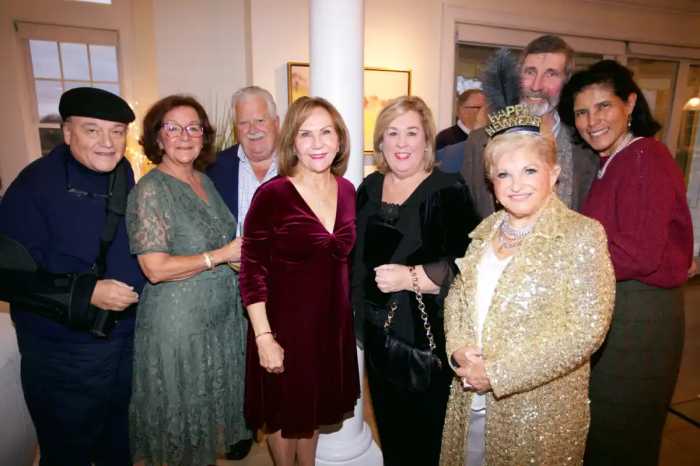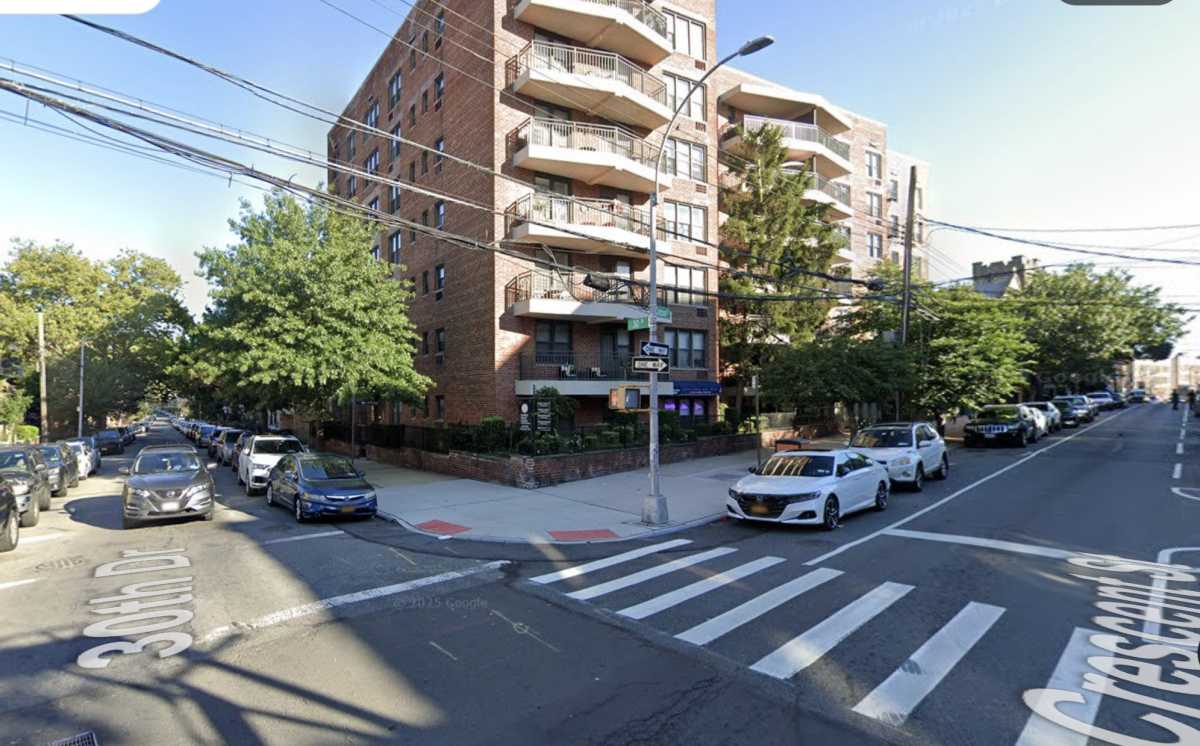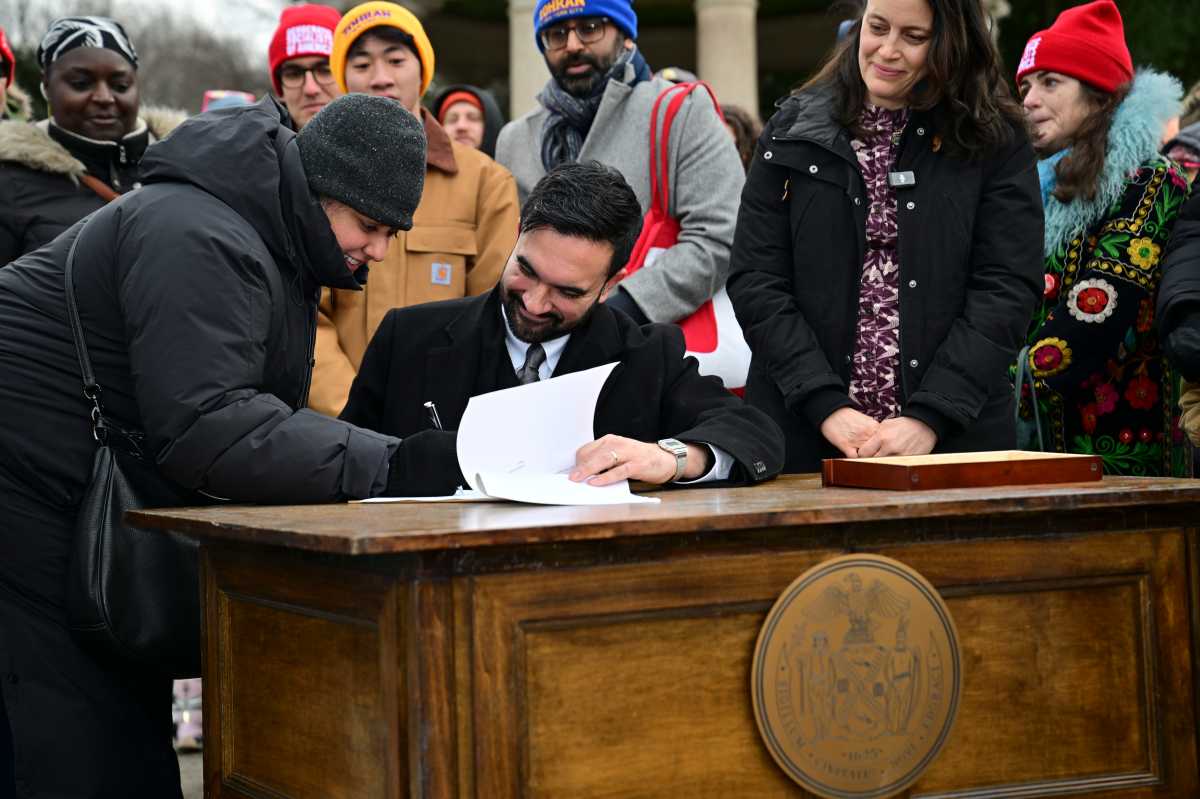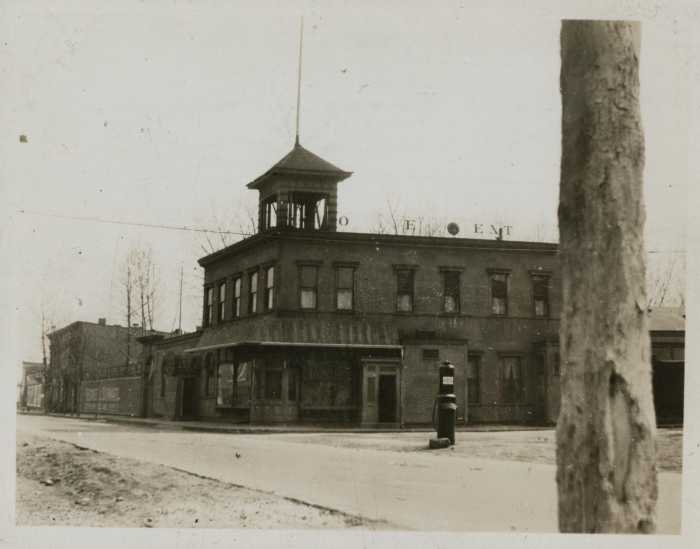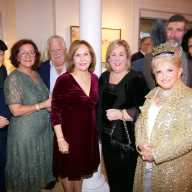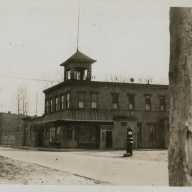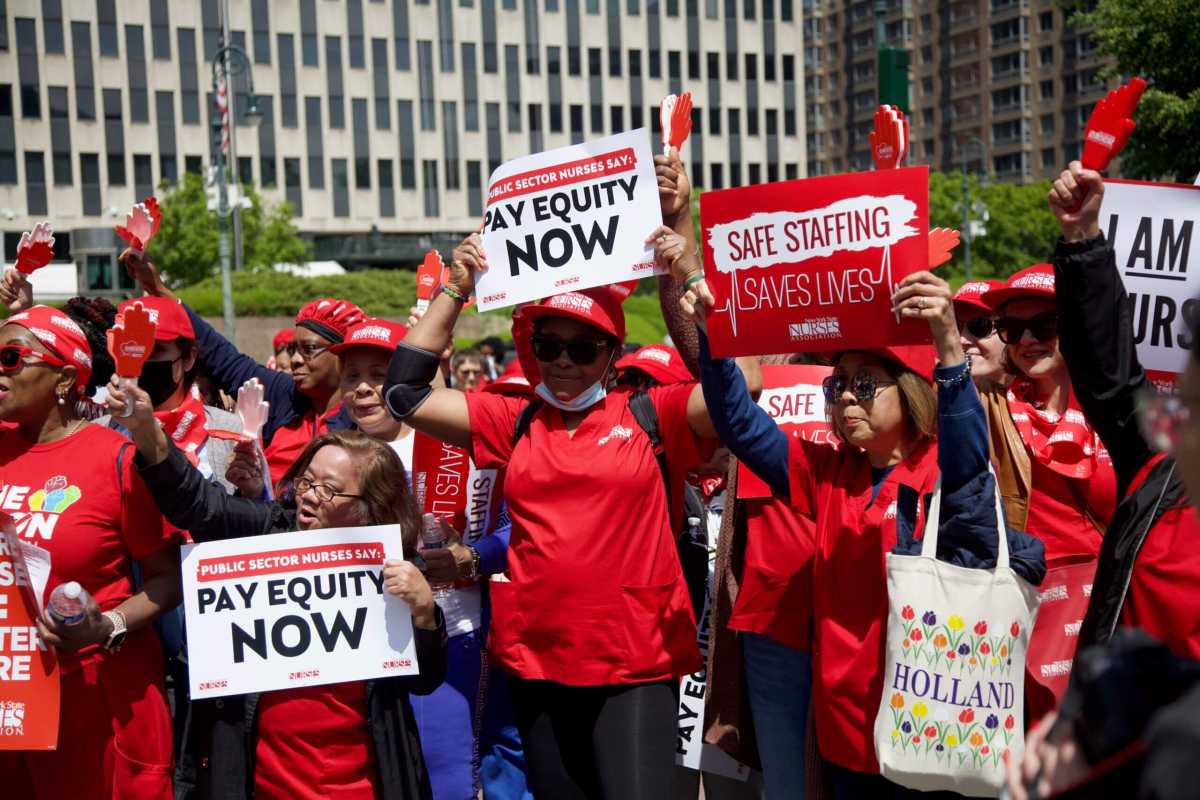By The Greater Astoria Historical Society
On Sept. 25, 1928, a man died of cirrhosis of the liver in Ohio at the age of 65. He was Flushing native Richard Felton Outcault, who, under the pen name “R. F. Outcault,” was known to millions. He was the genius who created the first American comic strip.
Outcault’s talent was his artistic ability coupled with his unique sense of insight into both the age he lived in and the city he loved. The quirks and whims of Gotham life provided the backdrop for his humorous cartoons. Amused New Yorkers who eagerly awaited each column could not get enough of his wit.
Born in Flushing in 1863, young Outcault was a graduate of the University of Cincinnati, where he studied drawing. His artwork, submitted for an event that commemorated a celebration of the Ohio Valley, caught the attention of Thomas Edison, who hired Outcault as a technical illustrator. The budding artist was soon sent to Paris as the official artist for Edison’s traveling exhibit of electric lighting.
Returning to New York in 1890, Outcault continued his serious work at Electrical World, a magazine owned by one of Edison’s friends. Seeking another outlet for his creative energy, he started to freelance jokes and cartoons at weekly magazines.
Humor was different in those times. His audience was not children, but adults. Much of his work today would be called racist. His panels were filled with blacks living in the imaginary town of Possumville and the vernacular of street children who grew up in Irish tenements.
In 1895, Outcault walked into Joseph Pulitzer’s New York World office. Pulitzer signed the artist to do a series about life in a place called Hogan’s Alley, a fictional slum. The hero was “a one-toothed, big-eared urchin” called the Yellow Kid. No one could miss him. He was on the front page and was printed in color — the first for a cartoon.
Outcault got the idea for the character after something he had once seen in the streets of New York. A group of street imps were mocking the society wedding of the Duke of Marlborough and Brooklyn’s Jennie Jerome — who, incidentally, were the parents of future British Prime Minister Winston Churchill. Their antics remained in Outcault’s memory.
From the Yellow Kid’s costume, always a bright yellow nightshirt, is derived the phrase “yellow journalism.” The disparaging term became associated with newspapers that play on scandals and sensationalism while presenting little or no news of substance — which was a good description of the New York World.
The following year, Outcault, along with many of the World’s staff, defected to William Randolph Hearst’s New York Journal. The resulting lawsuit sent Hogan’s Alley back to the World and the Kid and Outcault to the Journal. Celebrating his freedom, in true New York wiseguy fashion the Kid shouted, “I wish dat dese lovely wimmin wud leave me alone.” At the Journal, Outcault began using multiple panels and speech balloons. Although he was not the first to use either, under his pen the modern cartoon strip had reached its final form.
In 1902, he made his next move to the New York Herald, where he created his final creation, Buster Brown. The “little devil in pretty clothes,” along with his dog Tige and sweetheart Mary Jane, were the iconic symbol for a generation of children. Many were forced to adopt his style of dress, called derisively “Little Lord Fauntleroy.” The character was supposedly modeled after an actual boy, Granville Fisher, who lived in Outcault’s neighborhood in Flushing. Even though the cartoon strip has been dead for 90 years, through licensing Buster Brown remains in popular culture to this day.
Outcault’s last years were devoted to the painting of landscapes and portraits, an advertising business and practical jokes — he played a piano at 5 a.m. in his home in Flushing, which caused people to think his house was haunted.
Outcault retired to Ohio a wealthy man. Although he was cremated in Flushing, his widow, who moved to Los Angeles, kept his ashes until her death in 1945. He is interred in Forest Lawn Cemetery in Glendale, Calif.
For more information, call the Greater Astoria Historical Society at 718-278-0700 or visit astorialic.org.

